Tim Donahoo - be prepared
NSW Cricket Umpires and Scorers Association | February 03, 2023
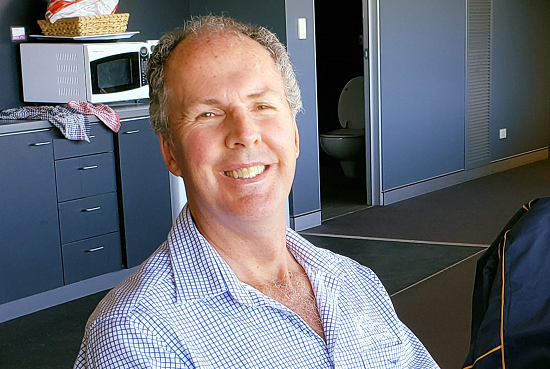
Tim Donahoo was always keen even as a teenager to know the laws and rules in whatever sport he was playing. He was encouraged to take an interest in the laws of cricket and umpired his first game when only 17 years of age.
Many years later his love of umpiring hasn’t diminished and he still enjoys been out of the park and involved in the game. He’s also worked behind the scenes and was Chairman of NSW Cricket Umpires and Scorers Association in 2006/07 and 2007/08.
Let’s find out more about Tim’s journey in the game
What year were you born?
1961 – a very good year!
Where did you go the high school?
Willoughby Public School then North Sydney Boys’ High School (a very proud Old Falconian)
Did you play much cricket before you started umpiring? Can you tell us about where you played and share a few memorable moments/highlights from your time playing?
I started playing about 10 years old, spending my junior years with North Sydney, Gordon, Lane Cove and the Greenwich clubs (I chased the money). I also played right through high school for NSBHS teams. I recall taking a catch off the first ball of the match in my very first competitive match, which was pretty cool, then hitting the winning runs at nine wickets down in the following season after my partner and I put on over 20 to get us home. But my undoubted highlight was taking 9 wickets for 2 runs one sublime afternoon at Tunks Park, which I believe is still the North Sydney High record. That included 4 wickets in 4 balls, all bowled. Just one of those days where I could make the ball talk. Sadly, I never came close to repeating such heroics.
At what age did you start umpiring?
I actually qualified as an umpire at age 16. The late Bob Campbell (legend of Greenwich cricket and football and my first senior captain) was also an umpire in the Northern Suburbs Association and encouraged all the youngsters to take an interest in the Laws and umpiring. I had always been keen to know the Laws and rules in whatever sport I was playing, so you know what you (and the opposition) can and cannot do, so I was happy to study and sit the exam. I was the only one of our group to pass and I stated umpiring a few junior matches once I left school.
What was the attraction to become an umpire?
As noted, I had an interest in the Laws and I suppose I also saw a few instances of matches being spoiled by umpires (some official, some not) who did not really know what they were doing. I was given the opportunity to umpire the inter-association representative matches for Northern Suburbs while I was still only 17 and was appointed to finals that season so it seemed I had a bit of ability. I enjoyed the experience too of being constantly involved in the game.
I kept umpiring intermittently while still playing with Greenwich in the Northern Suburbs senior ranks and I also was exposed to Sydney First Grade quite closely while broadcasting Gordon’s First Grade matches at Chatswood Oval on 2NSB-FM, the North Shore community station for two seasons. That was a lot of fun and gave me the chance to study the umpires at that level first hand. I reached the conclusion that I could probably reach that standard so decided to give Grade Cricket a crack.
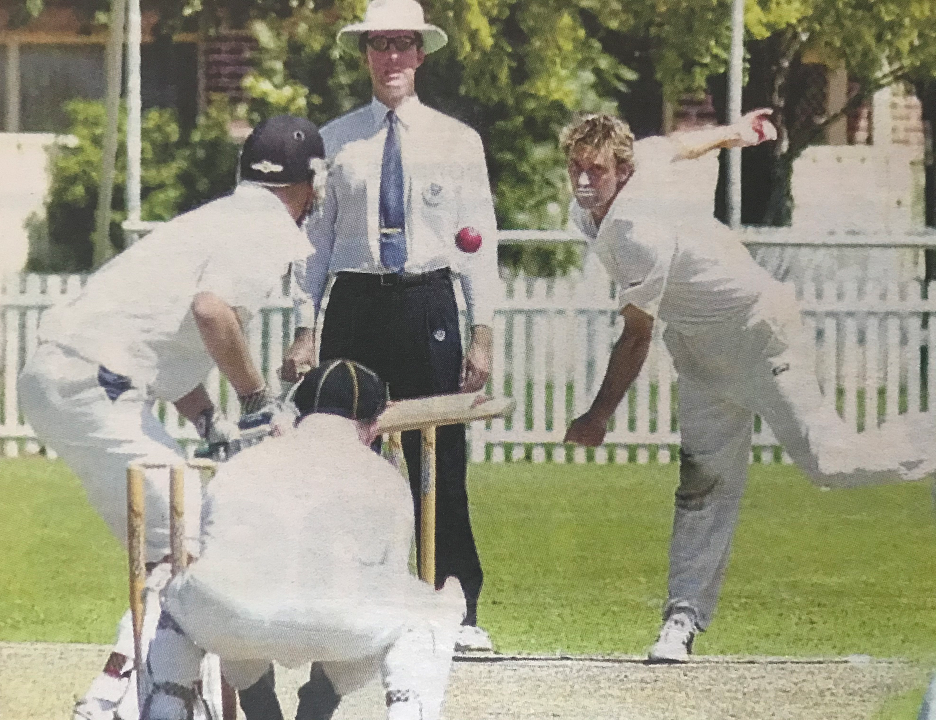
Can you remember your first game as an umpire in Sydney Grade Cricket?
Round 1 of the 1985-86 season, Northern District v Gordon 3rd Grade at Asquith Oval. I was 24.
How long did it take to progress through to First Grade? Can you remember who was playing, which ground and who your umpiring partner was?
It was my third season and I remember it well. I received a call from George Wearne about 5:00pm on the Friday afternoon, advising that one of the appointed umpires had pulled out and asking would I be available. It was the Australia Day weekend, a Saturday-Sunday match at Manly Oval between Manly (in first place at that stage) and Mosman (running third). Keith Quaken was my partner. The Manly Festival was on, so a lot of people around, unlike a regular match. Wayne Daniel, the West Indies quick was playing for Mosman, so that generated a bit more interest. It rained on Friday night, so we had to deal with a green and damp pitch, with play eventually starting about 1:30 or so. Big crowd, tricky conditions, Wayne Daniel bowling from my end: welcome to First Grade!
Who were the umpires you admired most when you started out as an umpire? Is there anyone in particular you wanted to model your umpiring on?
I enjoyed watching the English umpires in action on TV whenever there was an Ashes tour in the days before the ICC Elite Panel. As full-time professionals, their overall quality was high and they generally appeared to take more relaxed approach to the role, which I was conscious of trying to emulate. I had much admiration for Tom Brooks and the manner in which he approached umpiring and was fortunate enough to stand with him twice in First Grade. I learned more about practical umpiring in those two matches than I had in my entire career to that point. He was an excellent role model.
Do you know how many games you have umpired in Sydney Grade Cricket?
I’m up to 342, with 208 in First Grade. I resumed umpiring last season after taking family leave for eight years. It was great to be back on the park again.
What was your most memorable moment as a cricket umpire?
1999 – Bradman XI v. England. Full house at Bradman Oval. Wonderful atmosphere. Some great names playing and the chance to umpire the English team. Very stimulating.
Most favourite ground in Sydney to umpire?
As a cricket ground, North Sydney Oval is hard to top. Location wise, I always enjoy Manly and Coogee, especially on hot days. Hurstville and Bankstown invariably present superb conditions on the field.
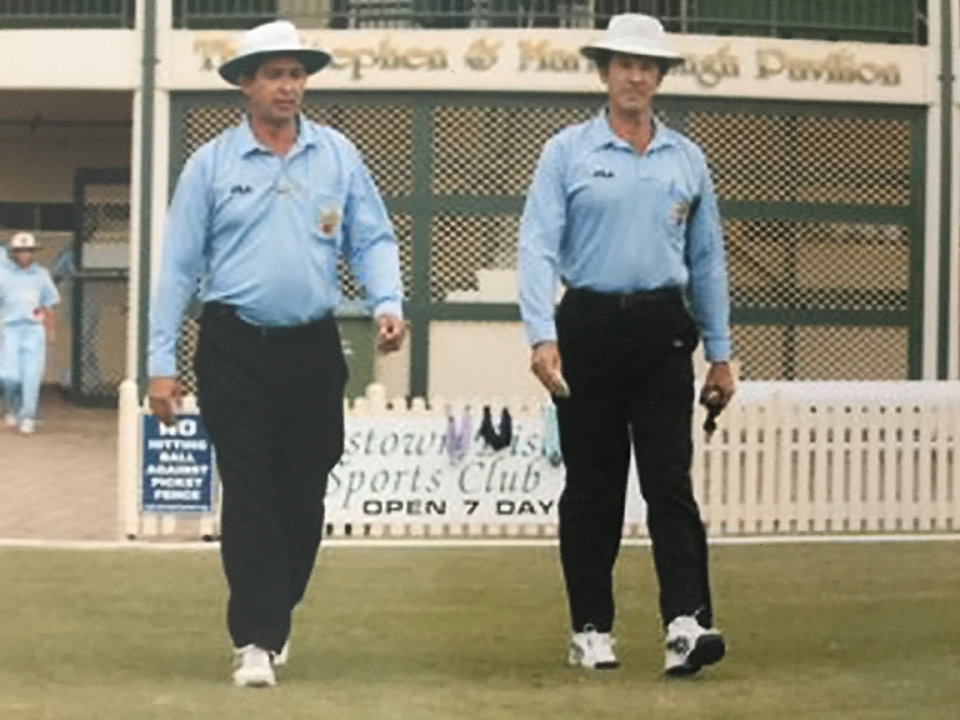
What’s the most intriguing ground you’ve umpired?
I spent three years in Melbourne 1993-1996 with work, umpiring there. South Melbourne’s new grounds in Albert Park (redeveloped with the Grand Prix track) were supposed to be ready for the 1995-96 season but were not finished adequately. We were playing the first match on the new ground and I knew we might be in trouble when inspecting before play. The pitch was like Play Doh – press your finger in and it made an indent that slowly sprang back. The ball either rose sharply or shot through, so was dangerously unpredictable. The bowler from my end fell on his follow through, landed on his knee and left a large dent in the pitch. We had no choice but to abandon play after 3 overs.
Who were the three batsman you admired most as an umpire in Premier Cricket?
Most of my colleagues have nominated Greg Mail and I will too. Highly focused and able to adapt his game to all conditions. His record speaks for itself. Very calm and reasonable.
I umpired Michael Slater a few times as he was on the way up and it was evident that he would go on to higher honours. Wonderful ability and so much time to play his shots.
Marty Haywood – always seemed to get runs when I saw him and, on his day, could destroy an attack. Power and timing.
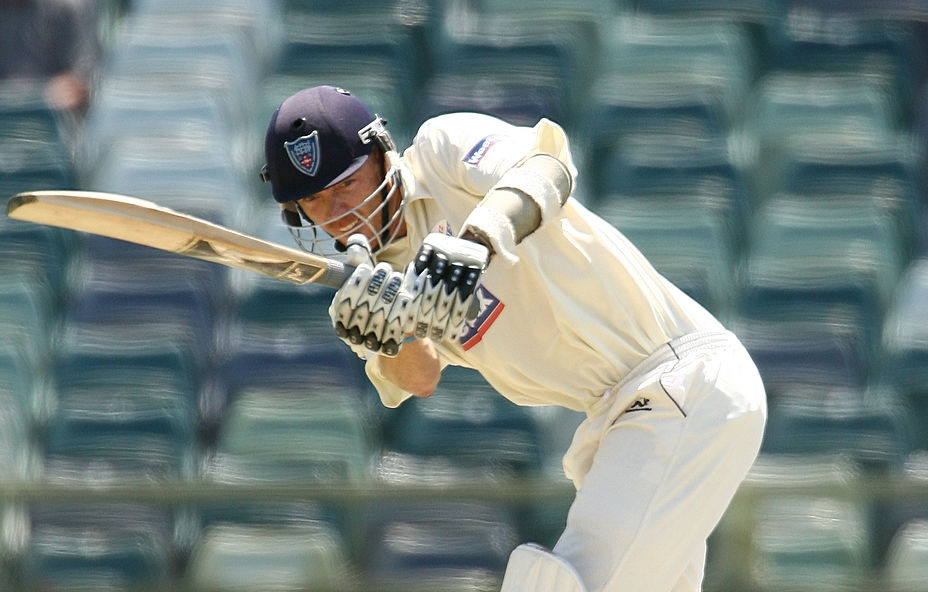
Greg Mail
Who were the three bowlers you admired most as an umpire in Premier Cricket?
Richard Stobo – very talented and whole hearted bowler who gave it everything at all times. Very competitive but never allowed his emotions to get the better of him. Tremendous bloke.
Greg Matthews – lifted your performance as an umpire because he demanded it. Something was happening every ball and it was an education to watch him work out a batsman’s weaknesses, technically and mentally. A superb cricket brain under the eccentricities.
Andrew Staunton – a very useful bowler but undoubtedly the unluckiest I’ve seen. Always had chances dropped, just fall short, nicks over the slips or inside edges just missing the wicket. Kept charging in despite the frustrations.
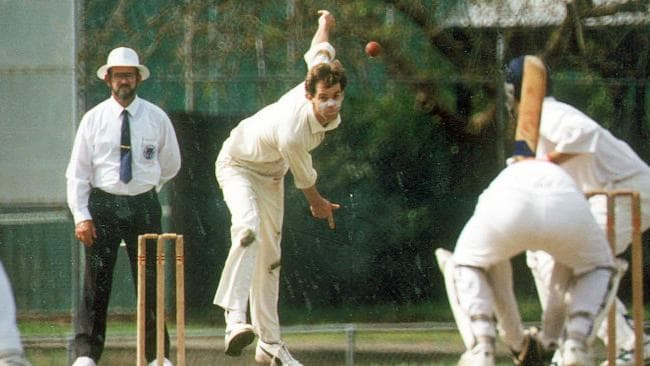
Richard Stobo
Who were the three players you admired most over the years for their competitive spirit and the way they played the game?
Neil Maxwell – always in the game whether batting, bowling or in the field. The classic example of playing hard but fair.
Daniel Jackson – was never beaten and passionately threw everything into his bowling. Injuries and the depth of NSW cricket thwarted opportunities at representative level but when in form, equal to any fast bowler I umpired.
Mike Whitney – applied himself fully when playing for Randwick, even if he could be excused for taking it a bit easy. Quite intense but also saw the funny side and knew how to enjoy the game.

Daniel Jackson celebrating taking a wicket
We can only assume there were quite a few characters in the game you had to keep an eye on in the field. Is there a particular moment or story you’d like to share about one of the characters?
Those familiar with NSW and Easts batsman Mark Patterson will know he’s a keen horse racing man and at least was an owner of some nags back when he was playing. They would often be running on Saturday afternoons so Patto would get the results run out to him if he was batting. I recall one day at Waverley when the star runner was in a reasonably big race at Rosehill and Easts were in the field. Patto vacated his usual spot in the slips for a brief stint at third man, transistor in pocket and ear piece in. A loud “You beauty” midway through an over was a clear message that he was in the winner’s circle on that Saturday.
Who were the two captains you admired most for the way they played the game?
Phil Marks and Paul Ryan tended to bring out the best in my umpiring, because they expected total commitment of their players and also the umpires. Matches were tough and played with a bit of an edge but that forced you to not relax and thus you concentrated better. Both gave you very solid workouts but once you had earned their respect, they were great to work with. First Grade is serious cricket and should be challenging for all.
Is there any particular game you’ve umpired that stands out above all others?
Standout match involves West Indian Test player Winston Davis, who played a season with Campbelltown in I think 1990/91 or thereabouts. As it turned out, I umpired the Ghosts four times in the first seven rounds so got to know him a bit – a pretty quiet but friendly guy. I think it’s fair to say the club did not get the most value out of him as he wasn’t exactly committed, especially if it was a hot day and a flat deck. One day game at Chatswood and one of the Gordon guys foolishly upset Winston when he was batting - he was last out and said to me as we walked off “No vacation today, mon.” He bowled from my end and I got a taste of what it is like to umpire Test cricket – incredibly quick and intimidating. I didn’t see some of the deliveries until the keeper took them. Winston took 7 for 20 odd and Gordon all out for 50 something. My appreciation for the skill needed to umpire Tests grew that day, when I contemplated 4 bowlers of his ability pounding in all day relentlessly. No respite for anyone.
Funniest situation was a Sunday match at Pratten Park between Wests and Sutherland. One of the Wests players injured himself in the warm up just before the toss and they did not have a 12th man. So the call went out for one of the players who lived close to the ground to get down here now. The injured player was a big guy and the ring in ‘much smaller.’
It was coloured uniforms so he had to wear the injured player’s gear as Wests fielded first. Problem was, it was about 3 sizes too big, so he had real trouble keeping his pants up. Plus, it was a windy day, so the breeze caught in the oversized shirt. Sure enough, he needed to chase a ball into the outfield, so was running hard, one hand on his waist keeping the pants up as his shirt billowed out like a parachute, slowing him down. As he threw the ball in, he slipped over, his pants fell down and everyone collapsed about laughing. Play was held up for about 5 minutes while we all recovered.
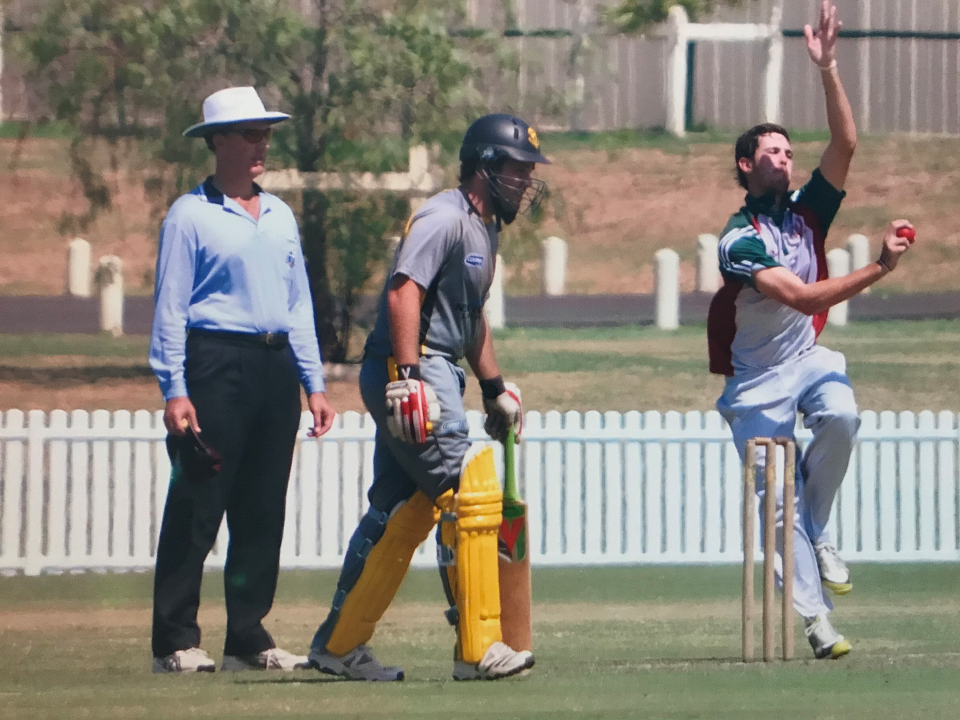
Who’s been the biggest influence in your involvement in cricket?
I’ll go back to the previously mentioned Bob Campbell, who really encouraged an active interest in both umpiring and administration in a very young me. He reinforced the message of returning the rewards that you gain from cricket i.e. give back some of what you take and do your bit to contributing and improving the game. He was a President and Life Member of Northern Suburbs Cricket and I’m proud that I achieved both of those honours subsequently.
Who was the funniest umpire you’ve had the pleasure to umpire with?
Greg Lill and I started Grade cricket together and our careers paralleled for many years. Standing with Greg was always an experience as he’s a unique character and the day was invariably entertaining because of what he said. In terms of pleasure, my mate Billy Hendricks and I stood together in I think 24 matches. One of the finest people I know and an authority on many subjects, not just sport. Any time spent with Billy is well worth it.
Who was your favourite all time cricketer growing up?
I greatly admired the superb D K Lillee however held a great admiration for Gary Gilmour, in that he was a left arm medium pacer like I attempted to be and batted like I wish I could.
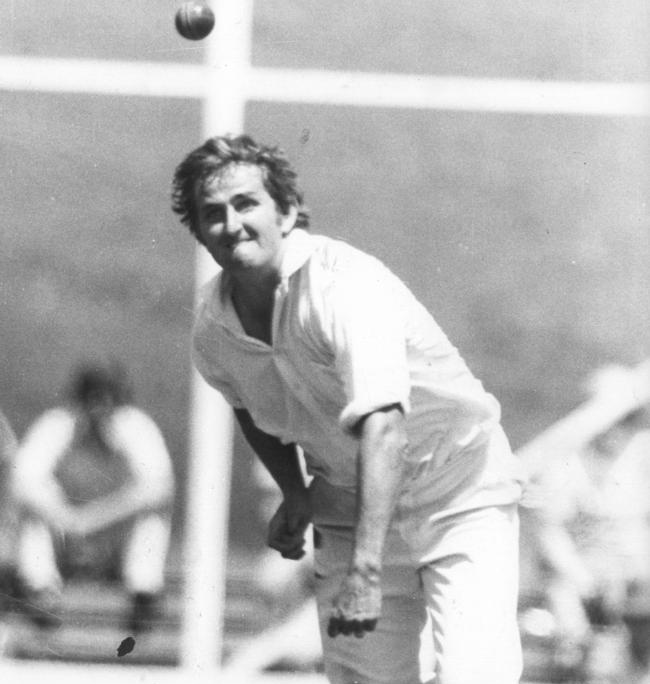
Gary Gilmour
Who is your favourite cricket commentator?
Undoubtedly the marvelous Kerry O’Keeffe - great humour underlined by incredible research and preparation for his job. He knows his stuff! Special mention to Greg Matthews when he provided radio commentary for Australia’s tours of India. Some of the most insightful and revealing observations I’ve ever heard, especially about the art and tactics of spin bowling.
What did you enjoy most about umpiring?
Overall, the chances it provides to be on the field, involved in a cricket match, with some truly great players. How good is it to be watching McGrath, the Waughs, the Lees, Clarke, Warner, Slater, Perry, Sthalekar etc go about their business first hand? I would not have had that privilege if not for umpiring.
Additionally, the great satisfaction that comes from performing well when you’ve been tested: I was placed under examination today and I came through it. Very self-fulfilling.
Who would you consider the top 2 umpires in the game today?
The entire ICC Elite Panel has much talent, but great to see Rod Tucker cement his place at the top of the game. His consistency is admirable. I also like the way Richard Kettleborough and Michael Gough control their matches.

If you’re in the middle seat of the middle row of Qantas QF1flight to London which two umpires from any level would you choose to be on your left and right?
I had afternoon tea with Dickie Bird once (my shout, of course) but I thoroughly enjoyed that, as he has a feast of stories. For balance, if we were to be talking umpiring, it’s hard to go past SJA Taufel as a companion. Whenever Simon speaks, it pays to listen.
Did you have any superstitions?
I can’t say that I do, as I tend to think you make your own luck. As Gary Player said “it’s amazing how the harder I work, the luckier I get.”
Technology – good or bad for cricket from an umpire’s perspective?
I think at the highest levels, it’s beneficial, especially for line decisions and disputed catches/boundaries a long way from the middle. However, I suggest it needs to be tightly controlled, especially the DRS process, which has evolved into something that it was not designed to be.
What piece of technology is most valuable to an umpire and why?
Having been a CA Match Referee for the past three seasons, the availability of radio communication with the third umpire and/or Referee is a significant advantage that I wish had been available for most of my career.
What’s the best advice you ever received?
When opportunity knocks, it’s too late to prepare.
Do you like the modern game and what can the game do to make it better for umpires?
I like it, but not as much as the game as it was in the 1970s and 1980s. But all sports evolve to meet the changing world so we need to accept those outcomes. Unquestionably the umpire’s lot these days is significantly better than it was but administrators need to be conscious of resourcing umpire training and development appropriately. We do it brilliantly in NSW but not nearly so well elsewhere.
What advice would you offer a young 20-year old who has the ambition of umpiring Test Cricket?
Tap into the people who know a whole lot more about umpiring than you do. There are dozens of wise heads willing to give of our experience and knowledge so use that resource constantly: we never stop learning. Practise your craft as much as possible – you don’t become a better umpire in the grandstand or living room. Be patient – if you’re good enough, your turn will come but remember that advice about being prepared for when that turn does arise.
What are your hobbies?
I’m a keen traveler and have followed cricket to the UK, Sri Lanka and the Caribbean (3 tours). It’s more so adventures with my family these days but I love experiencing new places. I also collect sports memorabilia and literature, much to my wife’s annoyance as it consumes a lot of house space.
Are there any lessons from your time in cricket that you take into work or life in general?
Fundamental umpiring technique is very useful in life, especially in a business sense.
1. Make sure you well know the rules of the game and the boundaries of the arena.
2. Be confident in your own ability and be willing to be decisive.
3. Seek to gain as much information as possible before making a decision.
4. If your judgement turns out to be wrong, reflect on why and apply that lesson next time for a superior result.
5. If you stop enjoying what you’re doing, place your energies into something that does give you pleasure.








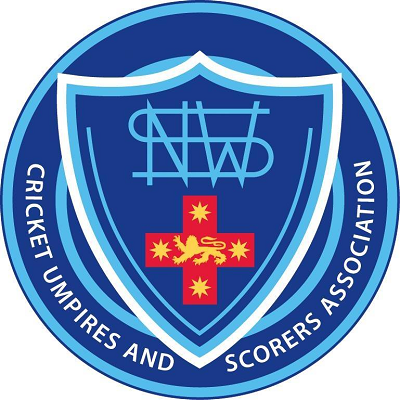
Excellent umpire and a very good man